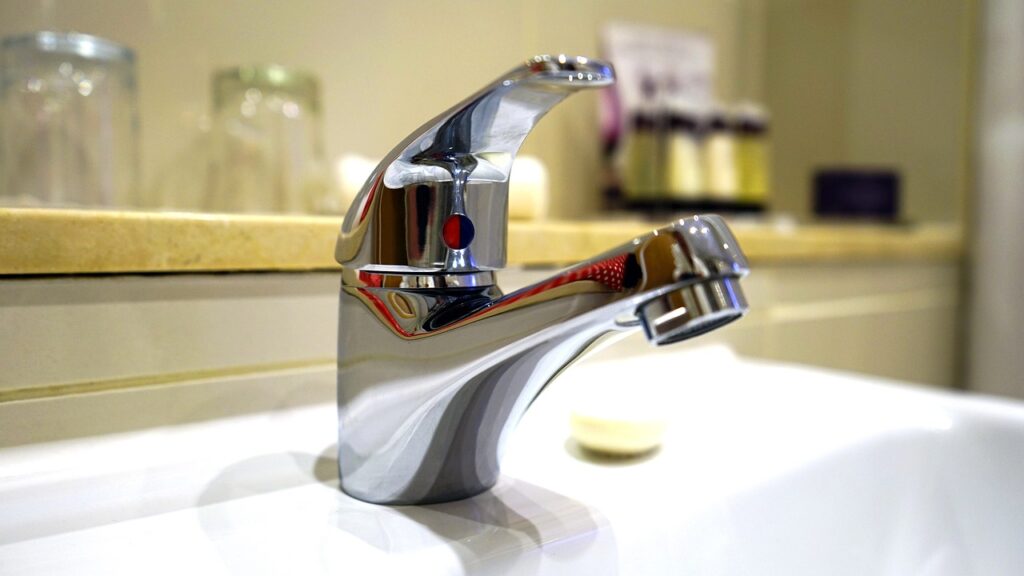
Water damage can have severe consequences for properties, leading to structural issues, mold growth, and compromised indoor air quality. Identifying water damage early is crucial to mitigate further damage and initiate timely restoration. In this article, we will explore the signs and symptoms of water damage that homeowners and property owners should look out for to ensure prompt assessment and necessary action.
One of the most apparent signs of water damage is the presence of standing water or excessive moisture in the affected areas. This may be caused by plumbing leaks, appliance malfunctions, or flooding. Puddles of water, wet carpets, or damp walls and ceilings are clear indications of water intrusion and should be addressed immediately.
Visible stains or discoloration on walls, ceilings, or floors can also be a sign of water damage. These stains may appear as brown or yellowish patches, indicating the presence of moisture and potential water damage. Additionally, peeling or bubbling paint or wallpaper is often a result of water infiltration and should be investigated further.
A musty or moldy odor in a particular area of the property can be an indication of hidden water damage. Excess moisture creates an ideal environment for mold growth, which can lead to health issues and further damage. If you notice a persistent musty smell, it is essential to investigate the source of the odor and address any underlying water issues.
Warped or sagging walls, ceilings, or floors are another telltale sign of water damage. When materials such as drywall or wood come into contact with water, they can become weakened, leading to deformities or structural issues. Any noticeable changes in the shape or structure of these surfaces should be thoroughly inspected to determine the extent of water damage.
The presence of mold or mildew is a significant indicator of water damage. Mold thrives in moist environments and can grow rapidly following water intrusion. Look out for visible mold growth on walls, ceilings, or other surfaces. Additionally, be aware of any allergic reactions or respiratory issues that may arise when spending time in the affected areas, as these can be symptomatic of mold exposure.
Unusual increases in water bills without a clear explanation can also suggest water damage. Undetected leaks in plumbing systems can result in continuous water usage, leading to unexpectedly high water bills. Monitoring your water consumption and promptly investigating any unexplained spikes in usage can help identify potential water damage issues.
Efflorescence, a white, powdery substance on surfaces such as concrete or masonry, is often a sign of water damage. It occurs when water seeps into the material, dissolves salts, and leaves behind mineral deposits as it evaporates. If you notice efflorescence on your walls or flooring, it indicates moisture intrusion and potential underlying water damage.
Damaged or corroded plumbing fixtures, such as rusted pipes or leaky faucets, are indicators of water issues within the plumbing system. Inspect your plumbing regularly for any visible signs of damage, such as wet spots, rust, or mineral buildup. Addressing these issues promptly can help prevent further water damage and potential plumbing failures.
In conclusion, assessing water damage requires vigilant observation and a keen eye for signs and symptoms. Early detection is key to preventing further damage and initiating timely restoration. By keeping an eye out for standing water, stains, odors, structural changes, mold growth, unexplained water bills, efflorescence, and plumbing issues, homeowners and property owners can identify water damage promptly and take the necessary steps to mitigate its impact. If water damage is suspected, it is advisable to consult with water damage restoration professionals to assess the extent of the damage and develop an appropriate restoration plan.
